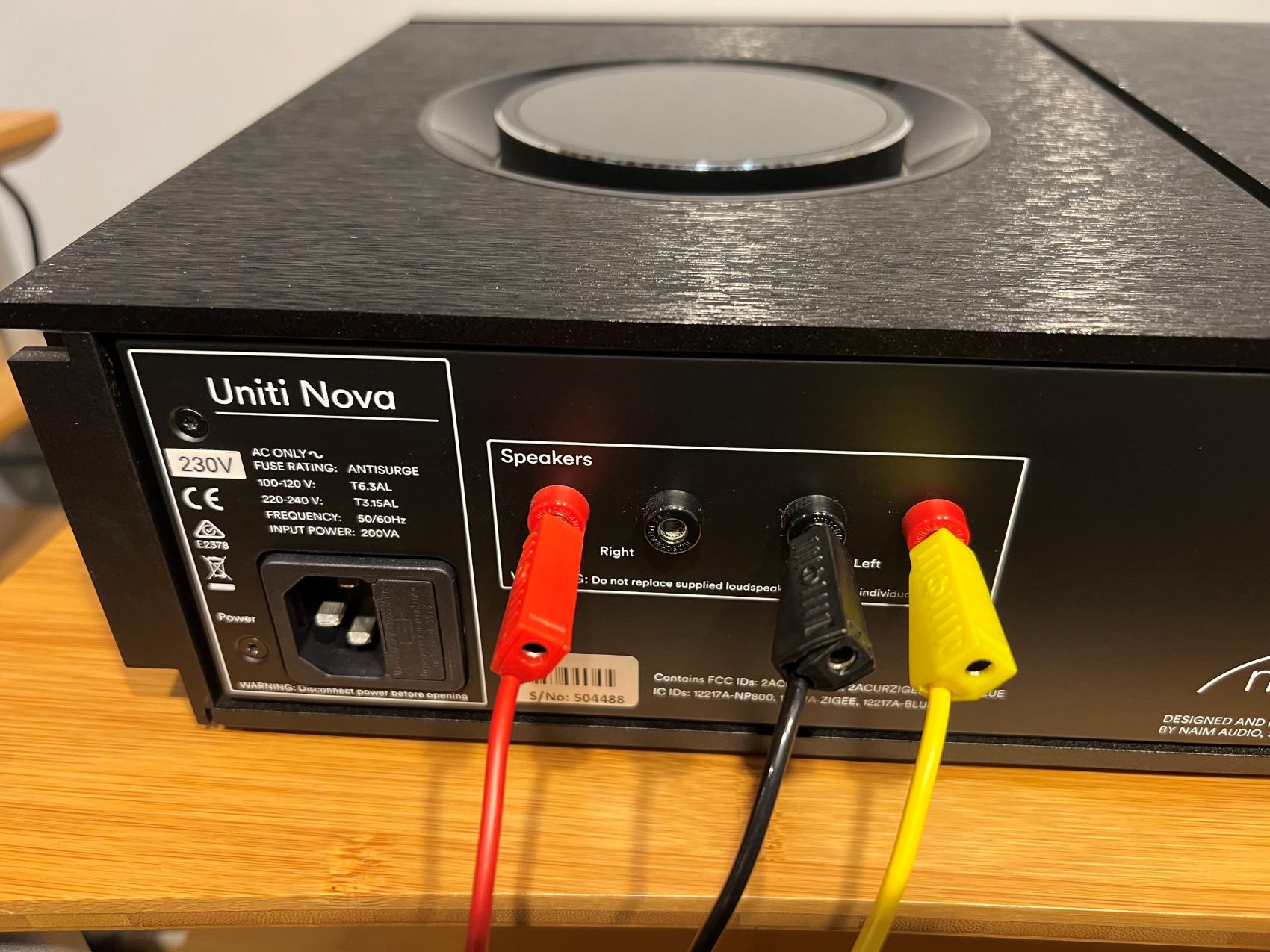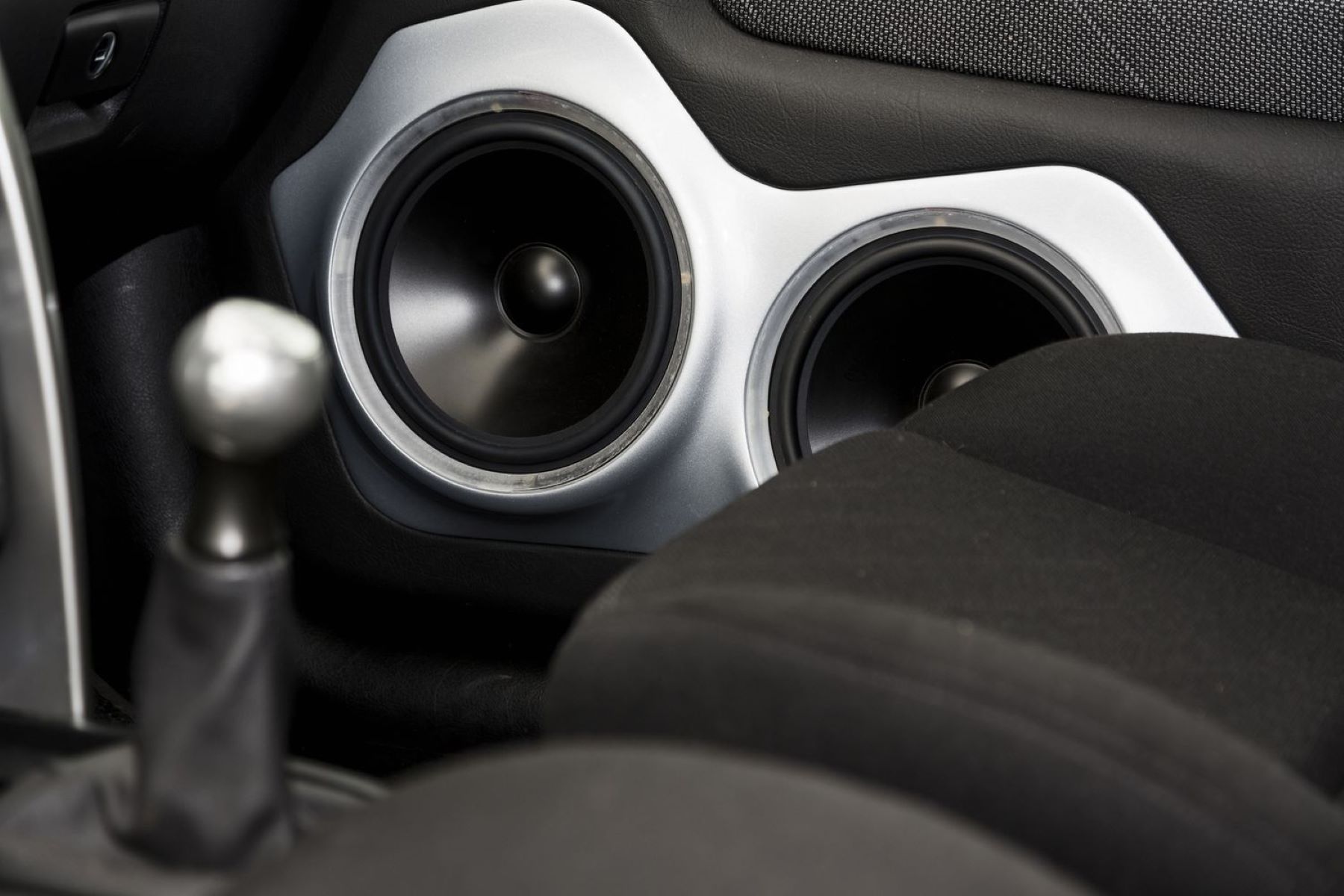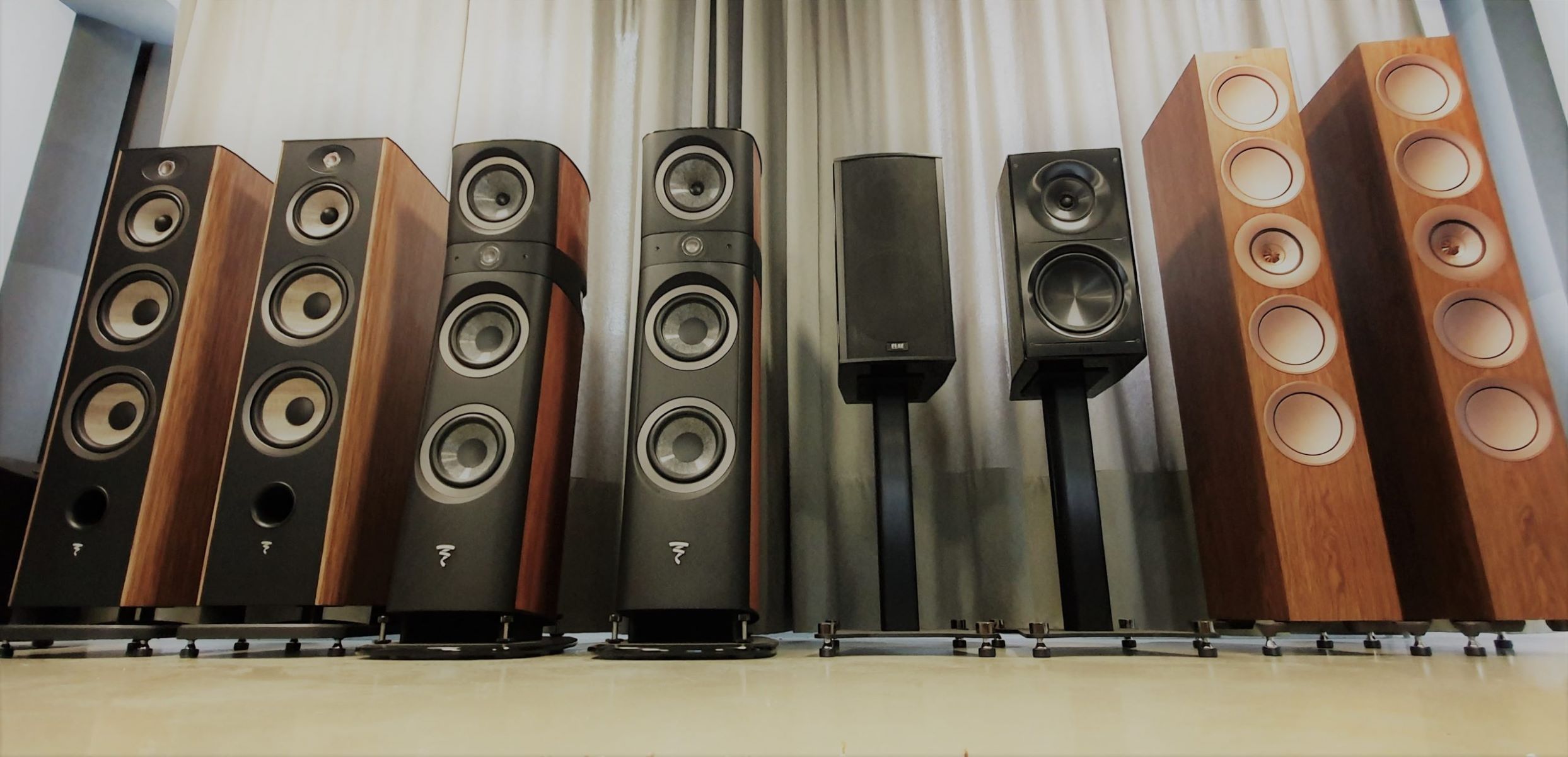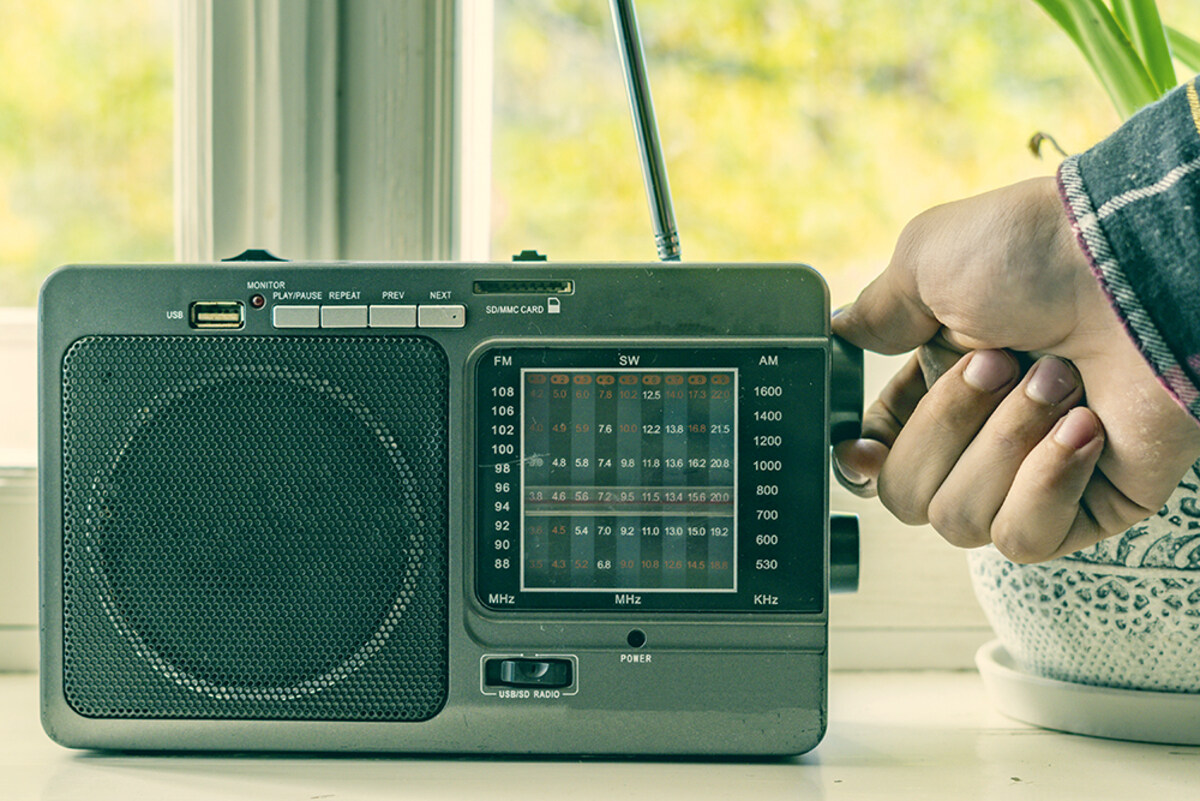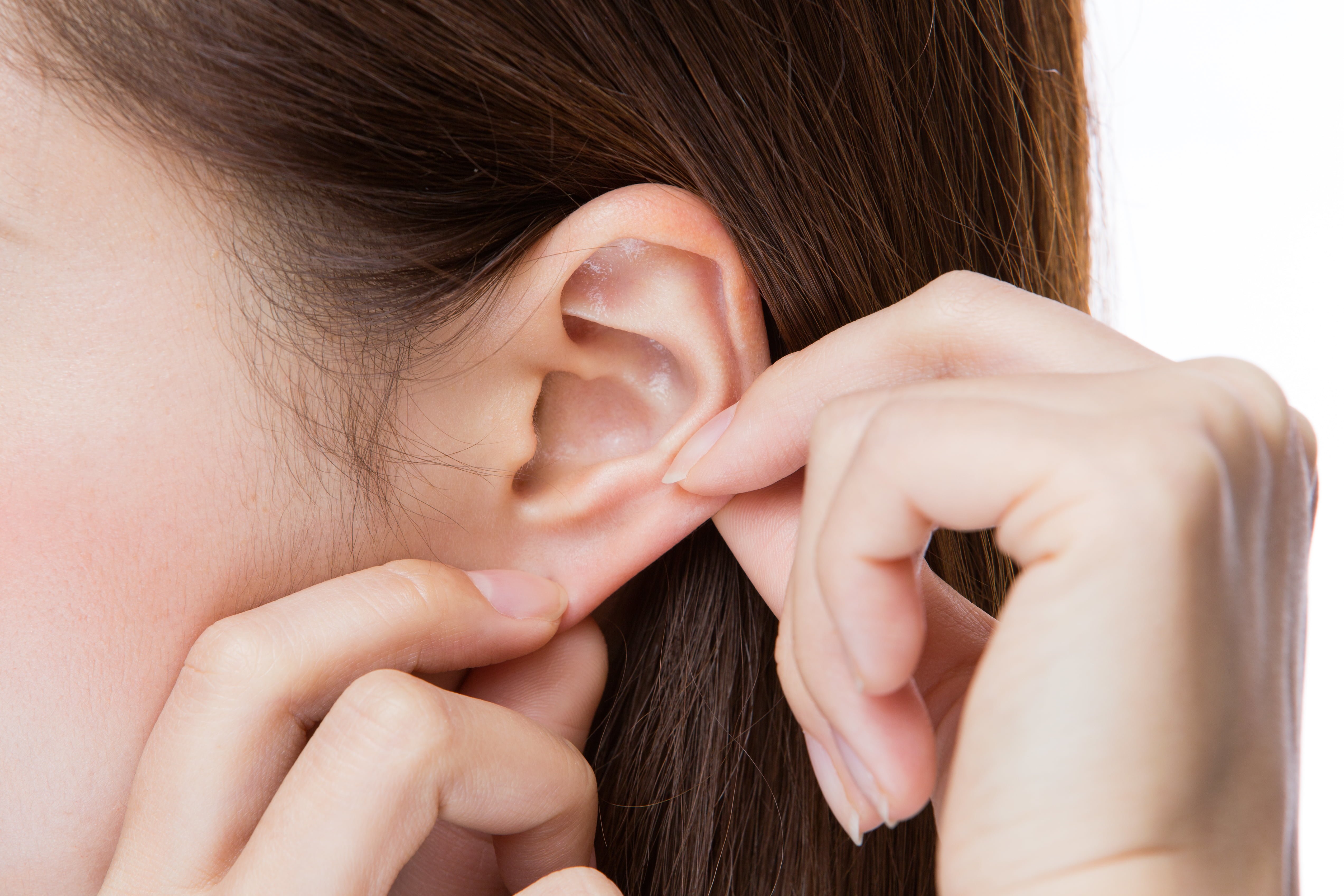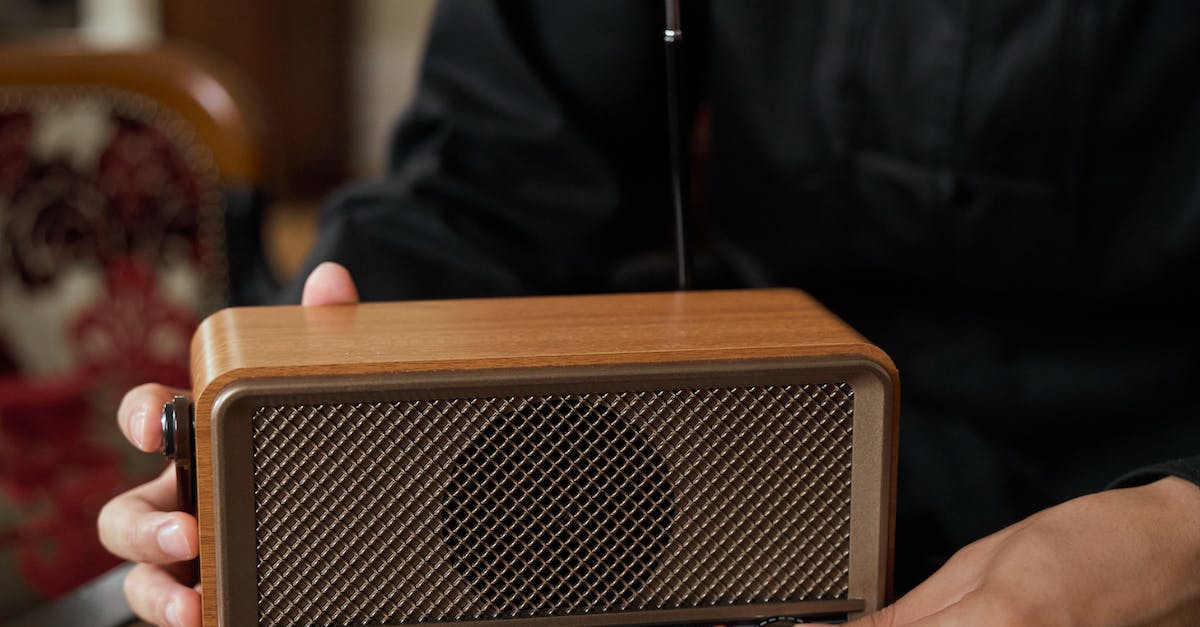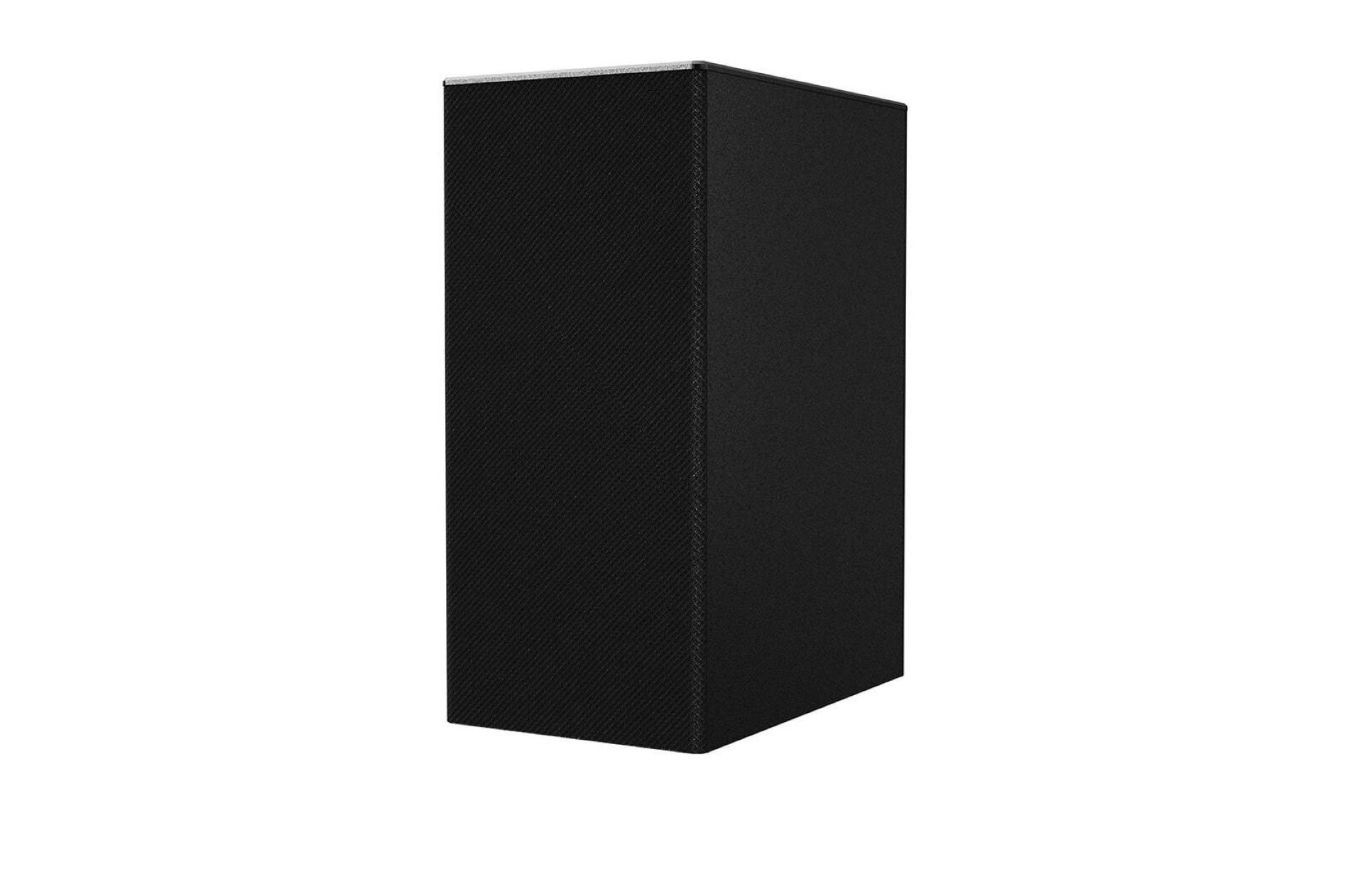Home>Devices & Equipment>Subwoofer>Why Does My Subwoofer Have Two Inputs
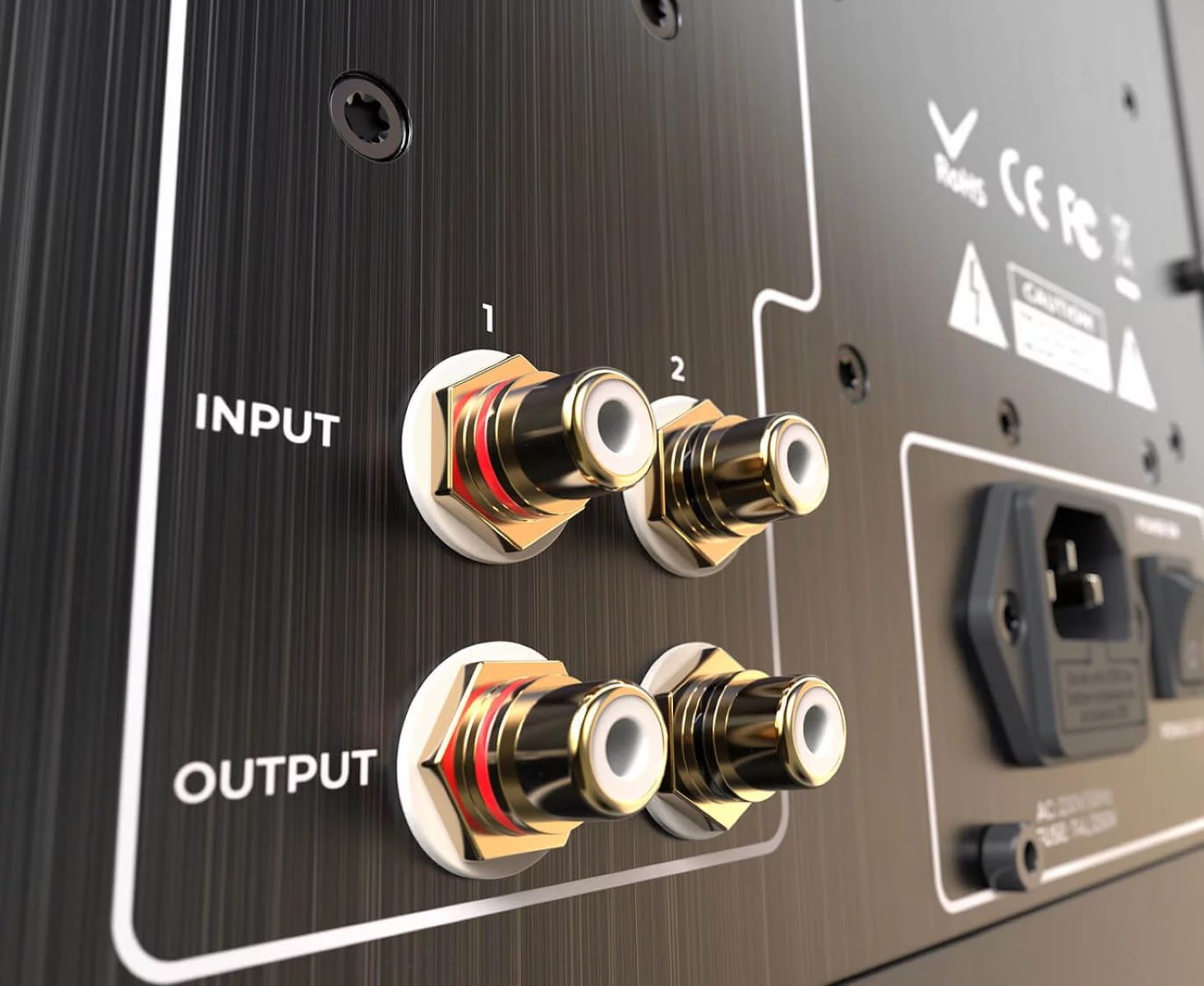

Subwoofer
Why Does My Subwoofer Have Two Inputs
Modified: January 22, 2024
Learn why subwoofers often have two inputs and how to properly utilize them for optimal audio performance. Discover the benefits of using multiple inputs with your subwoofer.
(Many of the links in this article redirect to a specific reviewed product. Your purchase of these products through affiliate links helps to generate commission for AudioLover.com, at no extra cost. Learn more)
Table of Contents
Introduction
When it comes to audio systems, subwoofers play a crucial role in delivering deep and powerful bass. Whether you’re a music lover or a movie enthusiast, a subwoofer enhances the overall audio experience by adding depth and intensity to soundtracks and music. One common question that often arises is why subwoofers have two inputs instead of just one. In this article, we will explore the reasons behind this design choice and the benefits it offers to audio enthusiasts.
Subwoofers are designed to reproduce low-frequency sounds, typically below 120 Hz. These low frequencies provide the rumbling bass that can be felt and greatly impact the overall immersive experience. However, depending on the audio setup and the individual preferences of listeners, subwoofers may require different connection configurations to achieve optimal performance.
The inclusion of dual inputs on subwoofers provides users with greater flexibility and options for connecting their audio source. This allows for compatibility with a wider range of audio systems, ensuring that the subwoofer can seamlessly integrate within any setup.
In the following sections, we will delve into the specifics of subwoofer inputs, the benefits of dual inputs, common connection configurations, how to connect a subwoofer with dual inputs, and troubleshooting tips to help you optimize the performance of your subwoofer setup.
Understanding Subwoofer Inputs
Subwoofer inputs, also known as line-level inputs or RCA inputs, are the connections on the back of the subwoofer that allow you to connect it to your audio source, such as a receiver, amplifier, or home theater system. These inputs typically use RCA cables, which transmit audio signals with high fidelity and low noise.
Subwoofers commonly have two inputs, labeled as “L” and “R” or “Left” and “Right.” These inputs are often color-coded, with red representing the right channel and white or black representing the left channel. The purpose of having two inputs is to provide users with options for connecting to different audio source configurations.
One key reason for having dual inputs is to accommodate stereo systems. In a stereo setup, the audio signal is divided into two channels – left and right. By connecting the left channel of the audio source to the left input of the subwoofer, and the right channel to the right input, the subwoofer can reproduce the low-frequency content for each channel separately, resulting in a balanced and immersive audio experience.
However, it is important to note that subwoofers can also be used in mono setups, where the audio signal is combined into a single channel. In this case, both inputs on the subwoofer can be used, usually by connecting the same audio signal to both inputs simultaneously. This allows the subwoofer to reproduce the low-frequency content equally for both channels, providing consistent and powerful bass.
The decision to use one or both inputs on a subwoofer largely depends on the audio source and the configuration of the audio system. Some audio sources may only have a single output, requiring you to use one input on the subwoofer. On the other hand, if your audio source has dual outputs, it is beneficial to utilize both inputs for a more balanced and precise bass response.
In the next section, we will explore the benefits of dual inputs on subwoofers, highlighting the flexibility and versatility they offer for different audio setups and preferences.
Benefits of Dual Inputs
The inclusion of dual inputs on subwoofers provides several benefits that enhance the versatility and performance of your audio system. Here are the key advantages of having dual inputs:
- Flexibility in audio source connection: Dual inputs allow you to connect your subwoofer to a wider range of audio sources. Whether you have a stereo system, a mono setup, or multiple audio source options, dual inputs provide the flexibility to accommodate various configurations.
- Improved stereo separation: If you have a stereo system, using both inputs on the subwoofer allows for better stereo separation. By reproducing the low-frequency content of the left and right channels separately, the subwoofer creates a more immersive and spacious soundstage.
- Enhanced bass precision: Utilizing both inputs on a subwoofer helps to maintain the accuracy and precision of bass reproduction. Each input receives an independent low-frequency signal, allowing the subwoofer to deliver precise and balanced bass response for both channels.
- Optimized sound customization: Dual inputs enable more advanced sound customization options. Some audio sources provide separate control over the left and right channels, allowing you to adjust the bass levels independently. With dual inputs, you can fully utilize these customization options to fine-tune the bass according to your preferences.
- Compatibility with multiple audio sources: If you have multiple audio sources in your setup, such as a receiver and a gaming console, the dual inputs on the subwoofer allow you to connect both sources simultaneously. This eliminates the need for constantly switching cables and provides seamless integration with different audio devices.
Overall, the dual inputs on subwoofers offer versatility, improved audio performance, and the ability to customize and optimize the bass reproduction in your audio system. It is important to understand and utilize the dual input feature to fully harness the potential of your subwoofer and enhance your audio experience.
Common Connection Configurations
When it comes to connecting a subwoofer with dual inputs, there are several common configurations that you may encounter. The choice of configuration depends on your audio system setup and the available connections on your audio source. Here are some of the most common connection configurations:
- Stereo Connection: In a stereo setup, you can connect the left output of your audio source to the left input on the subwoofer and the right output to the right input. This configuration allows for independent low-frequency reproduction for each channel, resulting in a balanced and immersive audio experience.
- Mono Connection: If your audio source has a single output or you prefer a mono setup, you can connect the same audio signal to both inputs on the subwoofer. This allows the subwoofer to reproduce the low-frequency content equally for both channels, providing a consistent and powerful bass response.
- Y-Splitter Connection: If your audio source has a single output and you want to connect it to both inputs on the subwoofer, you can use a Y-splitter cable. This cable splits the audio signal into two, allowing you to connect the splitter’s outputs to the subwoofer’s inputs. This configuration is particularly useful when your audio source does not have separate left and right outputs.
- Receiver/Subwoofer Pre-Out Connection: Many receivers or audio systems have a dedicated subwoofer pre-out connection. In this configuration, you can connect one of the subwoofer inputs to the receiver’s subwoofer pre-out. This ensures that the subwoofer receives the low-frequency content from the audio system’s dedicated subwoofer output.
- Line Level Converter Connection: If you have an audio source that only has speaker-level outputs, you can use a line level converter to convert the speaker-level signal to line-level. Once converted, you can connect the line-level output to the subwoofer’s inputs, allowing for seamless integration with your audio system.
It is important to consult the user manual of your subwoofer and the documentation of your audio source to determine the most suitable connection configuration for your specific setup. Additionally, always ensure that all connections are secure to maintain optimal audio performance and minimize any potential signal interference.
How to Connect a Subwoofer with Dual Inputs
Connecting a subwoofer with dual inputs is a straightforward process. Here are the steps to follow:
- Identify the left and right inputs on your subwoofer. They are typically labeled as “L” and “R” or “Left” and “Right”.
- Determine the type of connection needed based on your audio source and setup. Whether it’s a stereo, mono, or other configuration, choose the appropriate method to connect your subwoofer.
- Ensure that your audio source is turned off or at a low volume before making any connections.
- Locate the corresponding left and right outputs on your audio source, such as a receiver or amplifier.
- Connect the left output of your audio source to the left input on the subwoofer using an RCA cable. Make sure to match the color-coded connectors if available (red for right, white or black for left).
- Connect the right output of your audio source to the right input on the subwoofer using another RCA cable.
- If you are using a Y-splitter cable, connect the single output of your audio source to the splitter and then connect the splitter’s outputs to the left and right inputs on the subwoofer.
- Ensure that all connections are secure and tight to prevent any interference or loose connections that may affect the audio performance.
- Power on your audio source and subwoofer, and make any necessary adjustments to the volume and bass settings to achieve the desired sound.
It is important to consult the user manual of your subwoofer and the documentation of your audio source for any specific instructions or recommendations regarding the connection process. Following these steps will help ensure a proper and reliable connection that will optimize the performance of your subwoofer and deliver satisfying bass reproduction in your audio system.
Troubleshooting Dual Input Subwoofer Setup
While connecting a subwoofer with dual inputs is typically a straightforward process, there may be instances where you encounter issues or need to troubleshoot certain issues. Here are some common troubleshooting tips for a dual input subwoofer setup:
- No sound: If you’re not getting any sound from your subwoofer, double-check that both the audio source and subwoofer are powered on and the volume is set appropriately. Verify that the cables are securely connected to both the audio source and the subwoofer.
- Imbalanced bass: If you notice imbalanced bass levels between the left and right channels, ensure that the connections are correct by confirming that the left input is connected to the left output and the right input is connected to the right output. Adjust the bass level controls on the audio source or subwoofer if available to achieve a balance.
- Interference noise: If you hear unwanted noise or interference, check that all cables are properly shielded and not running close to any power cables or electronic devices that could cause interference. Additionally, ensure that the connections are secure and the cables are not damaged.
- Noise when adjusting volume: If you experience noise when adjusting the volume, it could be due to a ground loop issue. In this case, try using a ground loop isolator, which helps to eliminate the noise caused by differences in electrical grounding.
- Check audio settings: Verify that the audio settings on your source device, such as a receiver or amplifier, are correctly configured to output bass signals to the subwoofer. Check if there are any specific settings related to the subwoofer output, such as crossover frequency or subwoofer level control.
- Update firmware and software: In some cases, subwoofers have firmware that can be updated for improved performance and compatibility. Check the manufacturer’s website for any available firmware updates and instructions on how to update the subwoofer’s firmware.
- Consult the user manual: If you have followed the troubleshooting steps and still encounter issues, refer to the user manual of your subwoofer for specific troubleshooting steps and guidance. The manual may provide additional troubleshooting tips or contact information for customer support.
Remember, troubleshooting steps may vary depending on the specific subwoofer model and audio system setup. It’s always a good idea to consult the user manual or reach out to the manufacturer’s support for assistance if you are unable to resolve the issue on your own.
Conclusion
Dual inputs on subwoofers provide users with added flexibility and options for connecting their audio source. Whether you have a stereo system, a mono setup, or multiple audio source configurations, the dual inputs allow for seamless integration and optimized bass reproduction. By understanding the purpose and benefits of dual inputs, as well as common connection configurations, you can make the most out of your subwoofer setup.
When connecting a subwoofer with dual inputs, it is crucial to ensure proper cable connections, secure them tightly, and make any necessary adjustments to the volume and bass settings for an optimal audio experience. If you encounter any issues, troubleshooting steps such as checking cables, adjusting audio settings, or updating firmware can help resolve the problem.
Remember to consult the user manual of your subwoofer and the documentation of your audio source for specific instructions and recommendations. Additionally, manufacturers’ customer support can provide further assistance if needed.
With a proper understanding of subwoofer inputs and the ability to troubleshoot common issues, you can enjoy rich and immersive bass reproduction that adds depth and impact to your music and movie experiences. Take advantage of the dual inputs on your subwoofer to personalize and optimize your audio setup, and elevate your listening enjoyment to new heights.

